Before I start, I just want to make clear that this is 100% a fan theory and I am in no way trying to convince anyone that it is canon. I just think it is an interesting possibility and wanted to share it with other Life is Strange fans. Also, be aware that this article contains many SPOILERS for both Life is Strange and Life is Strange: Before the Storm. Now that all that’s out of the way…
As much as I love the Life is Strange series, there has always been one thing about it that drives me a little crazy. And her name is Chloe Price. We see a different side of her in Before the Storm, but ever since the first episode of the first game, Chloe has been the poster child for unnecessary teenage rebellion. Yeah, she’s been through a lot, but that doesn’t exactly excuse her behavior, especially when she’s putting herself or others at risk, which she does constantly.
Look, I get it; a lot of people went through a rebellious stage when they were teenagers. As someone who never went through such a phase myself, I have a hard time relating to her actions. That being said, I understand that there are plenty of people who can relate to a character who is angered and saddened by traumatic experiences and decides to irresponsibly take it out on everyone around her.
But here’s the thing: Sometimes Chloe’s actions go beyond just being a rebel without a cause. Drinking, smoking, stealing, yeah, these are all things associated with angsty teenagers trying to stick it to the man. Not things I would condone, but a lot of people participated in these types of activities as teenagers, so they can relate to a fictional character performing these same actions. But getting expelled from school? Stealing a firearm? There’s an entire plot point in the second episode of Life is Strange: Before the Storm that revolves around her breaking and entering so she can steal money for a drug dealer. Then, in Episode Three, she breaks into another location and impersonates a District Attorney to make dealings with a drug dealer, involving stealing more money and destroying evidence. I don’t care how rebellious and angsty you think you are, at some point you cross the line from being a punk to being a straight-up criminal.
So what’s really going on inside that angsty head of hers? Is she just an angry teenager, recklessly taking her anger out on everything in unhealthy ways? Or is there a bigger problem that she and her family should be concerned with?
Let’s start with what we know. At the age of fourteen, Chloe’s dad died in a horrific car accident. Shortly after this, her best friend, Max Caulfield, moved to a different state. We know from looking through Chloe’s text messages in Life is Strange: Before the Storm that she has since tried to reach out to Max, but that Max didn’t exactly reciprocate. Left angry, confused and alone, Chloe turns to the lifestyle we see her acting out in the events of both Life is Strange and Before the Storm.
It seems pretty clear that Chloe suffers from abandonment issues. There isn’t an official definition for “abandonment issues,” but a quick Google search will tell you that “Abandonment fears typically stem from childhood loss, such as the loss of a parent through death or divorce, but they can also result from inadequate physical or emotional care.” As we just discussed, Chloe experienced the traumatic loss of her father at a young age. Furthermore, when confronted about her anger in the third episode of Life is Strange, Chloe admits that she blames her father for her life ending up the way it did. (Chloe: “It’s like I’m being punished by the universe.” Max: “So who do you most want to blame?” Chloe: “My fucking dad, of course!”) In her mind, her father didn’t just die; he abandoned her, leaving Chloe and her emotionally wrecked mother to fend for themselves. As if this wasn’t enough, Chloe’s closest friend, and an important emotional figure in her life, moved far away and showed little-to-no interest in staying in touch; another abandonment, as far as Chloe is concerned. The first episode of Life is Strange: Before the Storm shows just how big of a toll this has taken on Chloe. She brings up Max, and the abandonment she feels from her leaving, several times throughout the episode. She even names her journal after her old friend, stating that it was a way to write letters to Max without having to actually send them and thus feel the pain of abandonment every time Max didn’t respond.
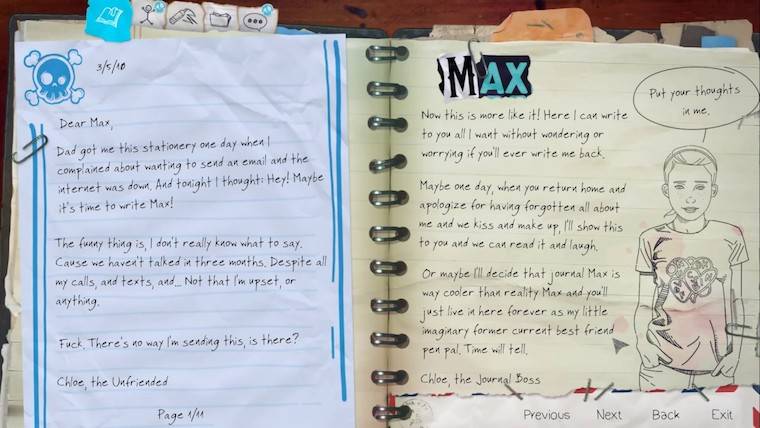
But Chloe’s abandonment issues continue from here. Joyce, Chloe’s mother, hasn’t been the most adequate of caregivers during this troubling time. It’s not entirely her fault; she went through the traumatic experience of losing her husband and being left to take care for their daughter on her own, after all. But regardless of the reasons, Joyce hasn’t been able to offer Chloe the emotional support that she likely needed during her own time of mourning. Throughout Before the Storm, we see Joyce asking Chloe to behave for her emotional wellbeing. Okay, that sentence was confusing due to the common pronoun, so let me clarify. Joyce asks Chloe to behave for Joyce’s emotional wellbeing. Not for Chloe’s. We see this in Joyce’s conversation with Chloe in the kitchen in the first episode of Before the Storm (Joyce: “I love you, Chloe. I miss you. Nobody could have replaced your father. I did the best I could. … I don’t know where I lost you.”), as well as after the meeting with Principal Wells at the beginning of Episode Two (Joyce: “I need your help. Me. Your mother. … Right now, what I need most of all, is for the two of you to start getting along.”). Of course Joyce is concerned about what Chloe’s behavior will lead her to, but it seems that Joyce is more concerned with her own wellbeing than Chloe’s. Which is fair enough; at the end of the day, everyone’s looking out for their selves first. But she’s not doing Chloe any favors. Joyce may be doing the best she can, but that might not be enough.
As a result of how Joyce has been handling this tragedy, she turns to David, a militaristic man’s man who would love nothing more than to put Chloe in her place. For Joyce, David represents stability; he’s someone who can use his military experience to whip Chloe into shape, as well as becoming the new father-husband figure in Joyce’s nuclear family fantasy. But running to another man for her own emotional support rather than helping Chloe through hers is arguably not the most efficient way of dealing with her daughter’s childhood trauma. Not to mention what kind of man she’s really bringing into the house. In the first episode of Life is Strange, there is a scene where Max has the option to hide in Chloe’s closet when David is coming up to Chloe’s room. If the player chooses to hide, they’ll be treated to an uncomfortable interaction between Chloe and David that results in David slapping Chloe. Corporal punishment used to be much more accepted than it currently is in this modern day and age, but regardless of your feelings about it, the fact remains that as far as Chloe is concerned, her mother has handed the responsibility of taking care of her off to a man who verbally and physically abuses her.
So what do we do with all this information? Well, while “abandonment issues” doesn’t have a specific definition, there’s another term for what Chloe is arguably going through that’s a little more concrete: “child neglect.” According to a 2015 document entitled “Working Together to Safeguard Children” by the United Kingdom’s Department for Education and Skills, “child neglect” is defined in part as, “The persistent failure to meet a child’s basic physical and/or psychological needs… neglect may involve a parent or carer failing to…protect a child from physical and emotional harm or danger.” Webster’s New World Law Dictionary defines “child neglect” as “The failure of a person responsible for a child’s care and upbringing to safeguard the child’s emotional and physical health and general well-being.” The Centers for Disease Control and Prevention defines “child neglect” in part as “failure to provide for a child’s basic physical, emotional, or educational needs.” All of these definitions share a common theme: A child is considered a victim of child neglect if their parent or caregiver is inadequately providing that child with physical or emotional support. While we’re not sure what the extent to which Chloe has been physically abused by David over the years, I think there’s a strong case to be made for Chloe’s emotional neglect. Her father died, so he obviously can’t provide for her emotionally. Not exactly his fault, but his absence as an emotionally supportive parent figure still persists. Chloe’s mother appears much more concerned with her own emotional wellbeing than her daughter’s. Again, we can’t totally blame her for this since she went through a traumatic experience as well, but the fact remains that Chloe isn’t receiving the kind of emotional support she needs from either parent at this point. Instead, Joyce introduces David into Chloe’s life, who, as we’ve seen, will sometimes provide physical and emotional harm, rather than protection from it. And to top it all off, her best friend, Max, who has stood as a third emotional pillar in her life, moved away and has hardly contacted her since. I’m by no means an educated therapist or psychologist or any other mental health professional, but based on what we know Chloe has been going through, as well as established definitions of the term, I think there’s a case to be made for Chloe being the victim of emotional child neglect. Remember, she was only fourteen when all this started. Not exactly a little kid anymore, but teenagers need emotional support more than they would like to admit, too. And it’s something that it appears Chloe isn’t getting enough of.
But so what if Chloe may be the victim of child neglect? Does that excuse her behavior? Of course not. But it may help to explain why she acts the way she does. In the 1970s, a psychologist named Mary Ainsworth performed a study called “Strange Situation” in which she attempted to record a correlation between mothers’ parenting techniques and their children’s ability to form emotional attachments with other people. Since this study, other attachment theorists have performed more studies to build on the results. So what did they find? For one thing, “Research suggests that failure to form secure attachments early in life can have a negative impact on behavior in later childhood and throughout the life.” Furthermore, children who suffer from neglect can potentially go on to acquire such mental disorders as oppositional defiant disorder (ODD), conduct disorder (CD) or post-traumatic stress disorder (PTSD).
Let’s start with ODD. The CDC states, “When children act out persistently so that it causes serious problems at home, in school, or with peers, they may be diagnosed with Oppositional Defiant Disorder.” The CDC then goes on to give examples of behaviors associated with ODD, which include, “Often losing their temper [cue scene in Episode One of Before the Storm in which Chloe smashes things in the junkyard]; Arguing with adults or refusing to comply with adults’ rules or requests [cue scenes of Chloe using Backtalk against David and Principal Wells in Before the Storm]; Often getting angry, being resentful, or wanting to hurt someone who they feel has hurt them or caused problems for them [cue scene in Episode One of Before the Storm in which Chloe is retrieving David’s toolbox and constantly thinks up ways to kill or maim him]; Deliberately annoying others [cue scene in Episode One of Before the Storm in which Chloe “jokes” about doing drugs while arguing with her mom] [or] easily becoming annoyed with others [cue montage of all the times Chloe blamed Max for not hiding her weed in Life is Strange]; [and] Often blaming other people for their own mistakes or misbehavior [cue scene of Chloe admitting she blames her father for leaving her in Episode Three of Life is Strange].” Sound like any particular blue-haired teenager we might know?
Next is conduct disorder. The CDC states that a child might be diagnosable with CD if they “show a behavioral pattern of aggression toward others, and serious violations of rules and social norms at home, in school, and with peers.” So pretty similar to ODD, at least in definition. The CDC then gives the following behavioral examples of CD: “Breaking serious rules, such as running away, staying out at night when told not to, or skipping school [cue scene of Chloe going to the sketchy Firewalk concert at night in Episode One of Before the Storm]; Being aggressive in a way that causes harm, such as bullying, fighting, or being cruel to animals [cue scene of Chloe threatening Sheldon Pike at that concert in Episode One of Before the Storm]; [and] Lying and stealing, or damaging other people’s property on purpose [cue scene of Chloe stealing money from the t-shirt vendor at that same concert in Episode One of Before the Storm].” Chloe literally performs all of these actions in the first couple of scenes in the first episode of Before the Storm.
Again, I’m not a mental health professional, nor do I claim to be one, but looking at what the CDC says, it doesn’t look like a far stretch to assume that Chloe could be diagnosable for ODD and CD. But could we go as far as to say that she has post-traumatic stress disorder? Well, let’s see what the CDC says about PTSD. Some of the symptoms of the disorder do appear to be prevalent in Chloe. “Reliving the event over and over in thought or in play; Nightmares and sleep problems.” Over the course of the three days that Before the Storm takes place during, Chloe has hallucinations or dreams involving her father five times. Two of these hallucinations involve the accident itself while another one shows her father’s disfigurement from the accident. “Becoming very upset when something causes memories of the event.” In Episode One, Chloe’s rampage in the junkyard peaks when she happens to run into the car her dad was in when he crashed. While Chloe may not yet have full-blown PTSD, it appears that she is on her way there, as she is already showing some signs of the disorder as well as symptoms of related disorders, namely ODD and CD.
There is nothing mentioned in either Life is Strange game about Chloe receiving any kind of diagnosis, let alone treatment, for any of these disorders. So what can we expect to happen to Chloe if she does in fact have undiagnosed PTSD? The CDC continues to describe symptoms of the disorder as “Lack of positive emotions; Intense ongoing fear or sadness; Acting helpless, hopeless or withdrawn; Denying that the event happened or feeling numb.”
At the end of the first Life is Strange, you’re left with a single choice that will determine the fate of Chloe, as well as the entirety of Arcadia Bay. Neither of these two endings is considered canon as the developers have decided to leave the story up to each individual player. In one of the two possible timelines, Max rewinds back to when she first received her time-manipulating powers, only to allow the passage of time to occur as if she never received the powers, which involves letting Chloe get killed by Nathan Prescott. In this timeline, Chloe tragically dies before she is able to fully succumb to her potential PTSD. In the other timeline, however, Max allows the imminent storm to destroy Arcadia Bay, after which she and Chloe drive away to continue their future together. It’s a simple, kind of romantic ending, considering what it took to get there, but the implication appears to be that Max and Chloe still have each other and that that’s all they need. But if we’re right about Chloe’s mental disorders, and if she continues to go untreated, both she and Max will likely find that their lives will continue to be plagued by the traumatic events that occurred in Arcadia Bay, despite its destruction.



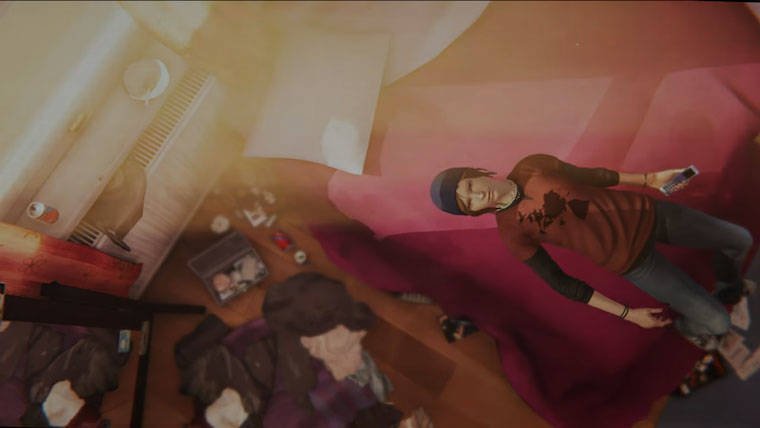
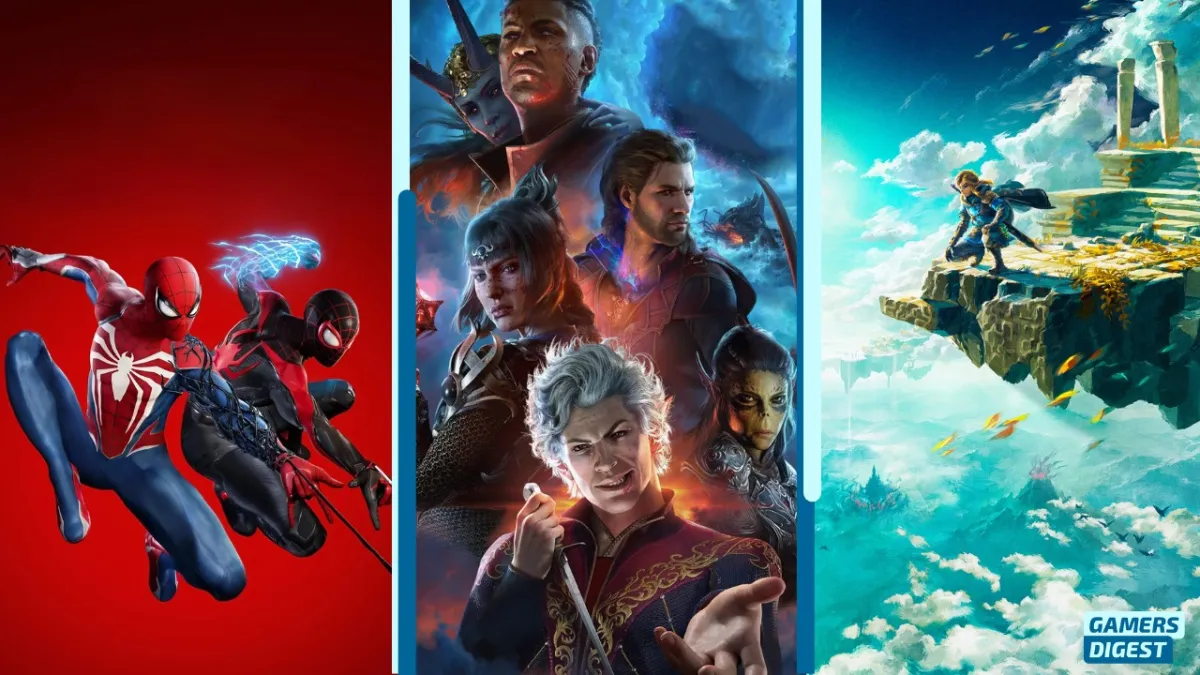

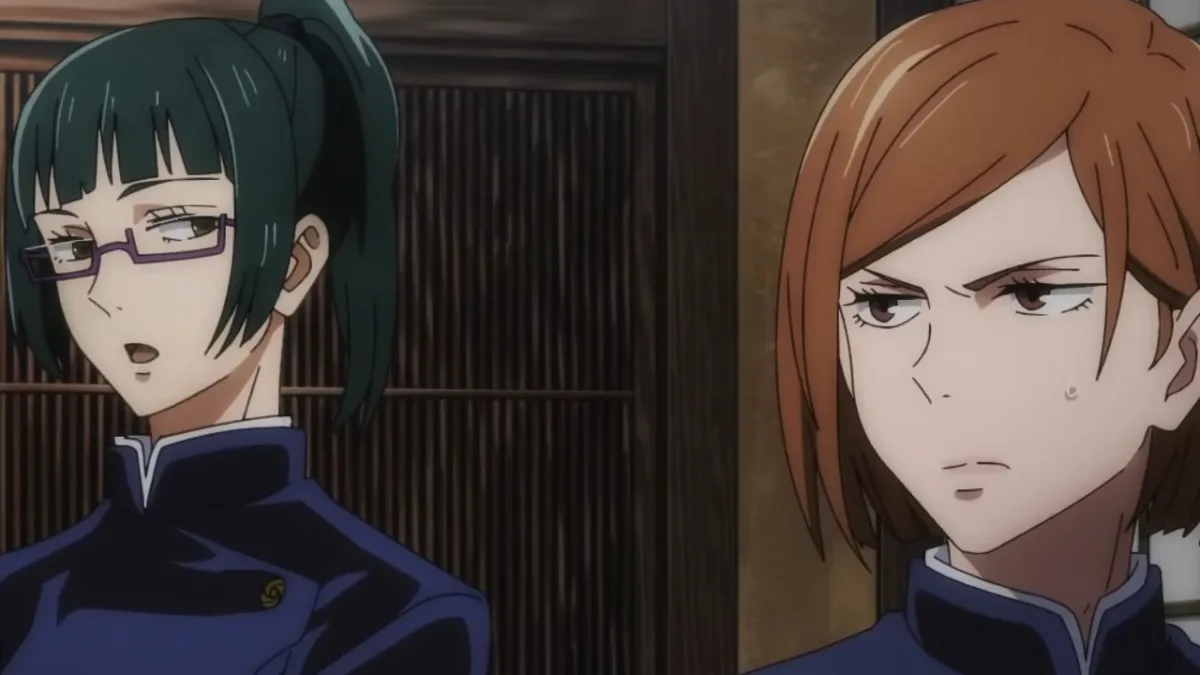
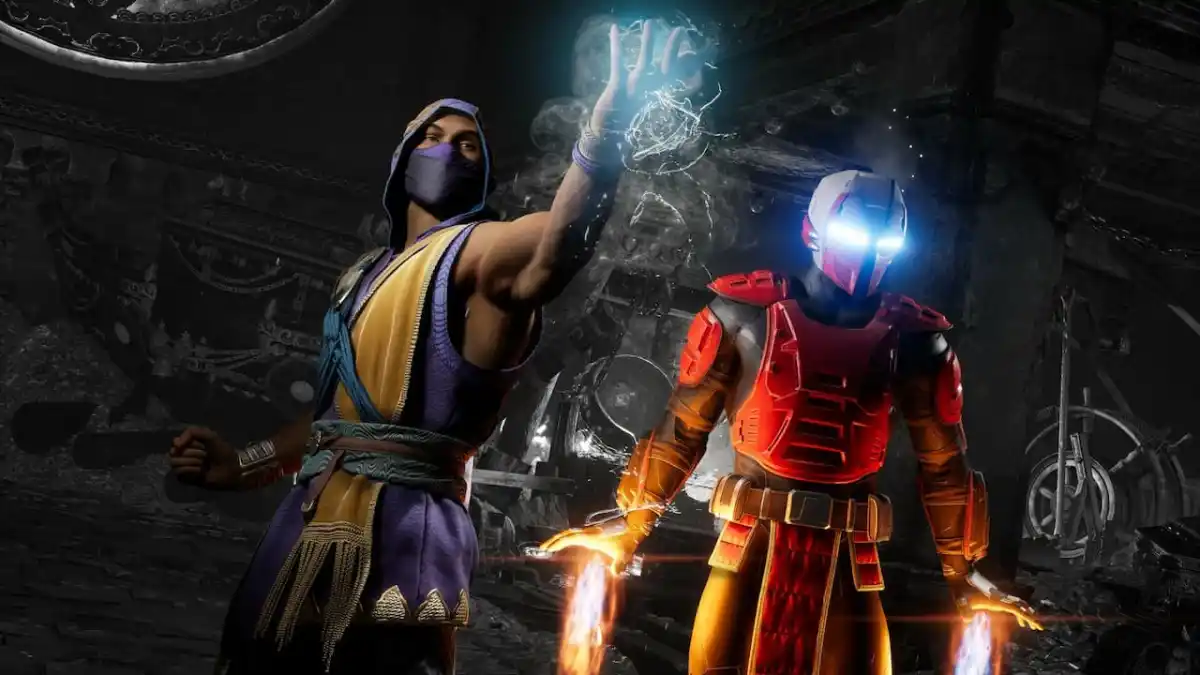

Published: Dec 20, 2017 12:55 pm